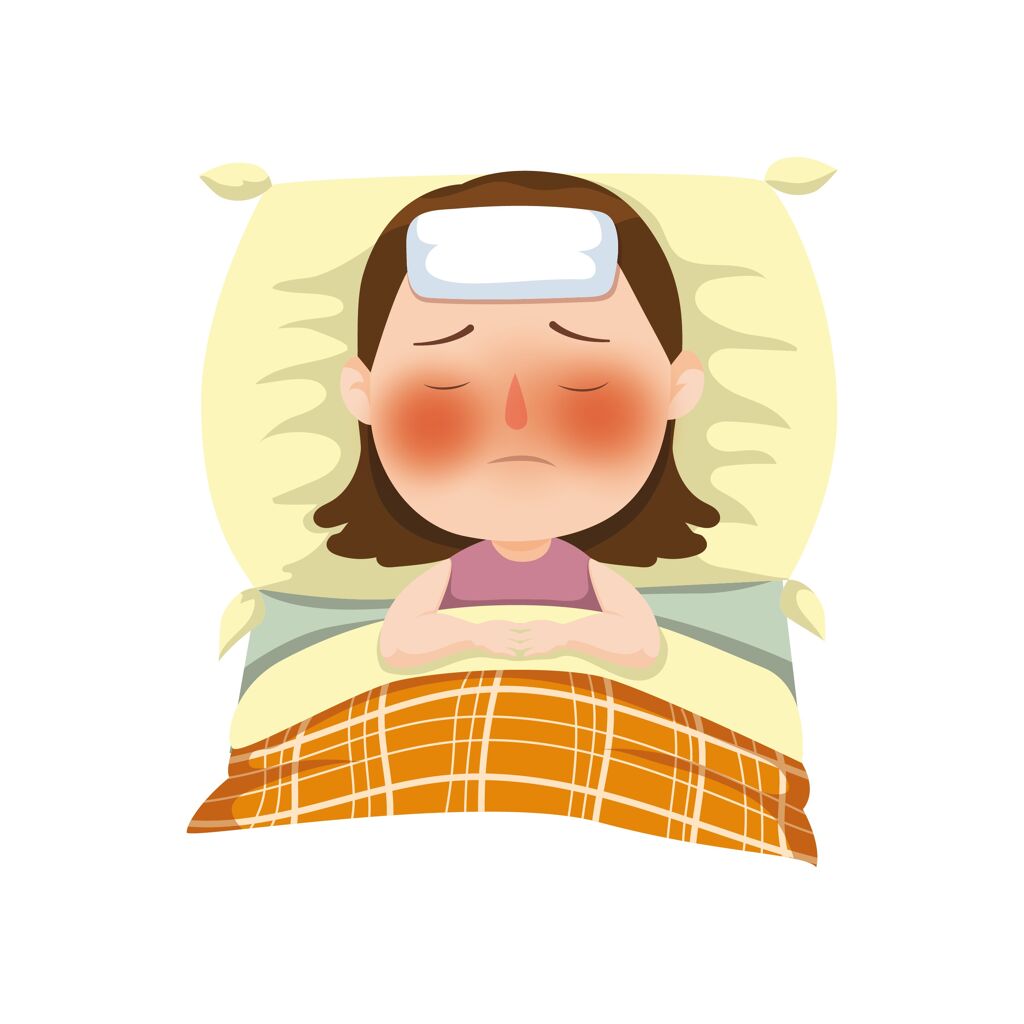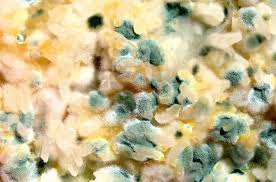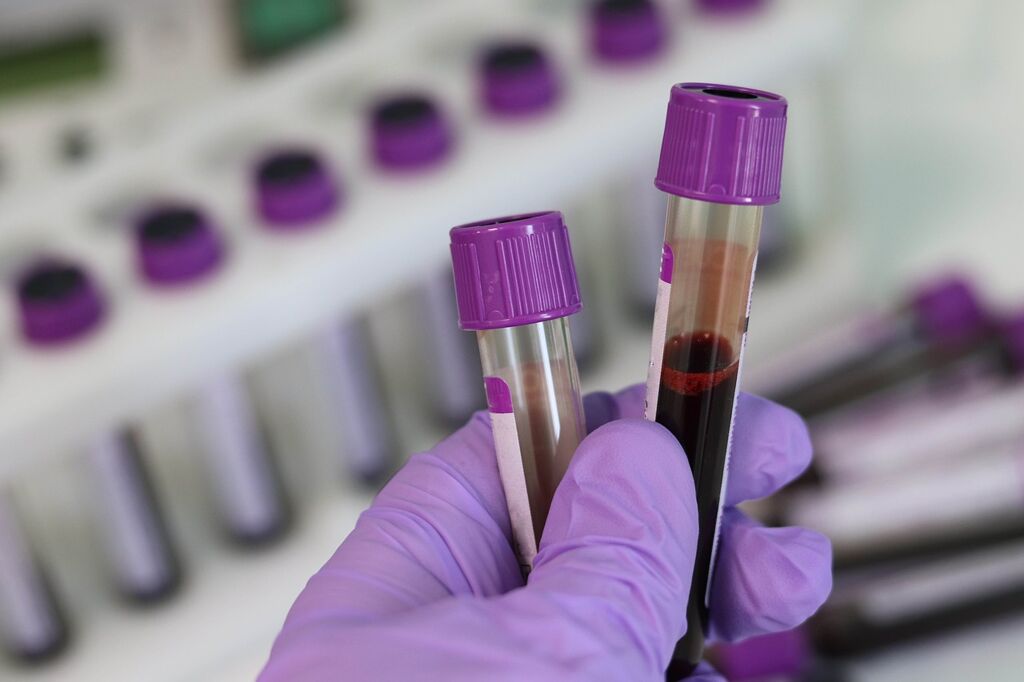Is it Lyme Disease?

What is Lyme Disease?
Scientifically known as Lyme borreliosis, the Lyme disease is a vector-borne disease, transmitted by bacteria of the Borrelia family. Long thought to be transmitted by ticks, research has shown that the bacteria can be transmitted by other animals as well as body fluids. Ticks remain the number one transmission agent, accounting for about 75% of all infections. The kind of tick responsible for disease varies with geographical location, with the sheep tick (Ixodes ricinus) being the main vector in European countries. The Taiga tick (Ixodes persulcatas) is the most important transmitter in china and the deer tick (Ixodes scapularis) being the greatest vector in the United States. Other suggested transmission agents for the disease include mosquitoes, fleas, body fluids from infected animals and blood & tissue transplants.
What are the Causes?
Although conclusive research does not exist, to study the connection, scientists believe that blood sucking insects are capable of transmitting the disease. These insects include fleas, mites, mosquitoes and flies (Halsey, et al, 2000). Anecdotal evidence, such as a well-documented case in which a patient was bitten by a large fly and reported symptoms of the disease seem to cement this inkling. Serological tests to determine the causative agent spirochete, a German research team identified the link between Lyme disease and fly bites. Botanical experiments have also pinpointed the presence of Borrelia burgdoferi in a dozen species of mites, two flea species, and fifteen fly species. This growing body of research suggests that ticks aren’t the only creatures capable of transmitting Lyme disease.
To Read About Blog Topic, Scroll Down
Want To Work With Our Clinic?
Do you have a chronic or mystery illness that no one has been able to help you with? Are you simply wanting to re-connect with a healthier version of yourself? It’s Time To Finally Feel Better!
The link between Lyme disease in urine and other bodily fluids from infected mammals is rarely researched. Lyme disease victims and associations globally are, however, concerned with the likelihood of one contracting the disease by coming to contact with these fluids (Russell, et al, 1984). In the recent past, experts have observed traces of Borrelia in these animals, building on this assertion. A study by the Lyme Disease Association of Australia (LDAA) identified Borrelia antibodies in 22 species of mammals. Studies have also found significant amounts of Borrelia queenslandica in the bloodstream of cattle, kangaroos, and rodents. Just like in tick bites, infections in these fluids stay active about 36 hours after contact.
The final plausible transmission method of the disease includes transplacental transmission, and blood & tissue transplants. Expert groups have always blown the whistle on insufficient screening for blood banks. Those with Lyme disease are often asked not to take part in blood and organ donation programs (Magnarelli et al, 2004). This is a major concern considering most people have not been diagnosed with the infection. A 1990 US study also noted that Borrelia can survive the blood bank storage facility, thus raising chances of infection during transfusion. Although there exists little scientific knowledge on the link between intrauterine infection and infant defects, cases have been reported where pregnant mothers pass the pathogens to developing babies.
What are the signs and symptoms of Lyme disease?
Most people think that the first sign of tick-borne LD is a bull’s-eye rash (Erythema migrans) at the site of the tick bite, but, in fact, that type of rash or any other characteristic rash does not occur in over one-half of Lyme patients. In addition, less than one-half of patients with the clinical symptoms of LD ever recall being bitten by a tick. The signs and symptoms of LD are complex and can change over time. In the initial stages of LD, the infection(s) is generally localized to the tissues surrounding the site of transmission causing swollen glands, skin sensitivities and fevers. However, the LD infection(s) can become disseminated and spread to various tissues and organs, often causing acute reactions, such as flu-like symptoms. At this stage or what has been called Early Lyme Disease. Unfortunately, Early LD is often under-treated or not treated at all, and this can result in a disseminated, chronic infection(s) that cause many chronic signs and symptoms. In cases where the infection(s) have been present (even if treated) and disseminated for at least 6 months immune and endocrine dysfunction, low-grade fevers, chronic fatigue, persistent neurological symptoms, arthritic symptoms, among many other signs and symptoms, are characteristic of Chronic LD. In Chronic LD virtually any organ or tissue can be affected, and patients with Chronic LD usually have many problems and multiple signs and symptoms.
Lyme disease is a combination of eradicating the pathogen as well treating underlying imbalances in the body. For chronic Lyme, herbal alternatives often work very well for the eradication of the pathogen. Sometimes people do find better results with the use of antibiotics. Every person is different in their response to herbal or pharmaceutical uses. It is very important that no matter what the approach is for the treatment of the bacteria, that we also treat the other underlying root causes of immune dysregulation. A few things that can help with this are:
Lyme Disease Prevention –
- use a natural bug repellent such as those made with essential oils
- when you’re anywhere that has a high number of insects. This includes the woods, garden, beach or when you’re hiking or camping.
- Wearing long pants, long sleeves, and long socks to keep ticks off the skin. Also, try wearing lighter-colored clothing so you can spot insects and ticks more easily.
- Checking your skin after you’ve been in the woods or elsewhere outdoors. Look over the exposed skin so you can remove ticks promptly.
- If you’re pregnant, be careful to avoid outdoor areas where ticks might be found. It’s best to avoid hiking or camping in tick-populated areas to reduce your risk.
Co-treatments for Lyme Disease –
Sleep – Sleep is often disturbed in chronic Lyme disease. Lack of adequate sleep worsens pain, increases fatigue, and suppresses the immune system. It appears that in response to infection, the excess inflammatory cytokines produced by the immune system decrease the output of sleep-inducing hormones to the sleep centers of the brain. A restorative amount of sleep is 7 to 9 hours of sleep a night. Sleep in the few hours before midnight is most restorative.
Diet – Eat a diet that is rich in organic foods, healthy fats, proteins, and vitamin-rich vegetables, as well as eliminating simple sugars decreases the chances of developing intestinal yeast. It also promotes brain health and supports the energy factories found in every cell called mitochondria. Because it is low in sugar it also decreases inflammation.
Curcumin – an active ingredient in Turmeric is known for its ant-inflammatory affects.
Adaptogen – Ashwagandha – An adaptogen is a substance that helps the body deal with the harmful medical and emotional stress of being ill. Adaptogens have been used for centuries in Ayurvedic and Chinese medicine with great observed benefit. Based on animal experiments ashwagandha improves energy, immune function, and adrenal and thyroid function. It likely has additional beneficial effects that have not been researched.
Detoxification – reduce the total load of negative environmental influences on your health
- drink water regularly to support kidney detoxification. A general rule of thumb is to drink 1/2 of your ideal body weight (measured in pounds) as ounces of non-caffeinated liquids a day.
- avoid gluten, scents, alcohol and tobacco
- decrease emotional stress – incorporate a daily mindfulness practice such as meditation or Qi Gong
Exercise – This improves blood flow to all tissues and releases various chemicals that produce healing effects. If exercise makes a person worse, it should be done only to a tolerable level.
The treatment of Lyme disease is very technical. Some of this is due to Lyme’s ability to morph into different shapes and evade our immune system. Due to this, we highly recommend anyone that is suspecting Lyme disease to work with a Lyme Literate Practitioner. We are Lyme Literate at Medicine with Heart and are happy to help you if you need! Give us a call!
Want help with your health? Book a free health evaluation call to see if you are a good fit for our clinic by clicking the button on the left below. If you are a clinician interested in advancing your training, please check out our online worldwide functional medicine training institute by clicking the button on the right below.
Book My Free Phone Health Evaluation Functional Medicine Certification for Clinicians
References
- Halsey, N. A., et al. “Prevention of Lyme disease.” Pediatrics1 I (2000): 142-147.
- Johnson, Russell C., et al. “Borrelia burgdoferi sp. Nov.: etiologic agent of Lyme disease.” International Journal of Systematic and Evolutionary Microbiology4 (1984): 496-497.
- STEERE, ALLEN C., et al. “The early clinical manifestations of Lyme disease.” Annals of internal medicine1 (2006): 76-82.
- Magnarelli, Louis A., John F. Anderson, and Alan G. Barbour. “The etiologic agent of Lyme disease in deer flies, horse flies, and mosquitoes.” The Journal of infectious diseases2 (2004): 355-358.
- Gerber, Michael A., et al. “The risk of acquiring Lyme disease or babesiosis from a blood transfusion.” Journal of Infectious Diseases1 (1994): 231-234.
- CDC. (2015, July 1). Post-treatment Lyme disease syndrome. Retrieved October 15, 2016, from https://www.cdc.gov/lyme/postlds/index.htm (CDC, 2015)
- Ercolini, A. M., & Miller, S. D. (2009). The role of infections in autoimmune disease. , 155(1), . Retrieved from https://www.ncbi.nlm.nih.gov/pmc/articles/PMC2665673/
Are You Suffering From A Chronic Illness?
Does your current health situation look like this…
- Do you feel that you have tried many things and either nothing works, or the treatment does not hold?
- Have you been told that there is nothing that can be done to reverse your illness and you just need to manage symptoms?
- Does your illness impact your work, your family, your happiness and your social life?
We specialize in finding answers and solutions for complicated chronic illness when people feel like they have tried everything. If this sounds like you, book a free call with us to see if we are the right fit for your health goals.
Dr. Miles has spoken for the following organizations:


















Responses